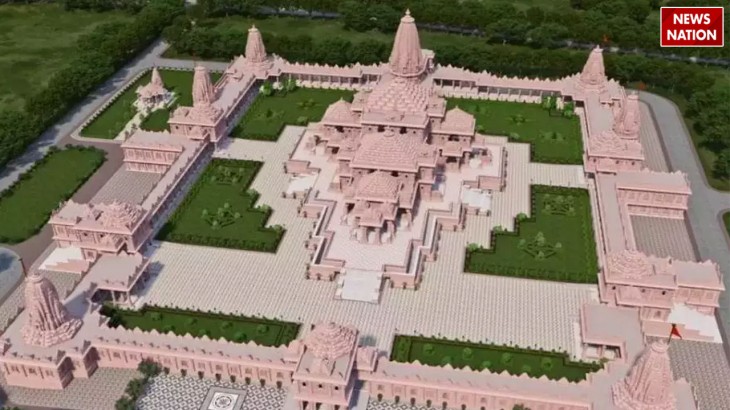The Ram Mandir in Ayodhya is a symbol of India’s rich cultural heritage and religious significance. The temple has been a topic of discussion for several years, and its construction has been a long-standing pledge of many social and religious organisations in India. In this blog, we will explore the history of the Ram Temple, its cultural and religious significance, and the controversies surrounding it.
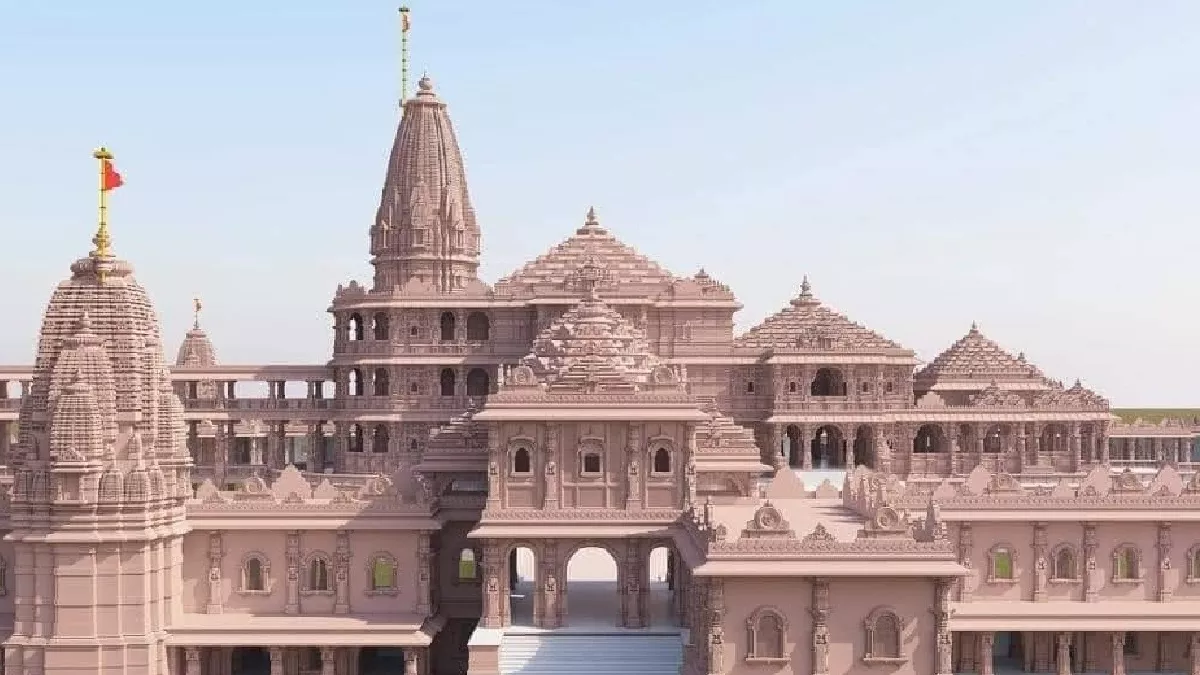
The History of the Ram Mandir
The Ram Temple has a long and complex history, dating back several centuries. According to Hindu mythology, Ayodhya is the birthplace of Lord Rama, one of the most revered deities in Hinduism. The Ram Temple is believed to have been built on the site where Lord Rama was born. But it was destroyed several times over the centuries by various invaders.
The controversy surrounding the Ram Temple began in the 16th century when the Mughal emperor Babur built a mosque on the site of the temple. The mosque, known as the Babri Masjid, became a source of conflict between two communities, with both claiming ownership of the site. The dispute continued for several centuries, with several court cases being filed over the years.
The Ram Janmabhoomi Court Case
The Ram Mandir case in the Supreme Court of India was a long-standing legal dispute over the ownership of the land on which the Babri Masjid stood in Ayodhya. The dispute was between Hindus and Muslims, with both communities claiming ownership of the site. The case was finally resolved on November 9, 2019, when the Supreme Court of India ruled in favor of the Ram Janmabhoomi Trust and said that Muslims will be given an alternate 5-acre land for their mosque. The court also ordered the government to give an alternative 5 acres of land in another place to the Uttar Pradesh Sunni Central Waqf Board for the purpose of building a mosque as a replacement for the demolished Babri Masjid. The final judgement in the Ayodhya dispute was declared by the Supreme Court of India on 9 November 2019.
The Construction of the Ram Temple
The construction of the Ram Mandir in Ayodhya is a monumental task that requires a significant amount of resources. The temple is being built on a 67-acre plot of land in Ayodhya, and it is expected to be completed by January 2024. The temple will be 161 feet tall and will have five domes, making it one of the largest Hindu temples in the world1. The temple is being constructed using pink sandstone, which is sourced from the nearby Bharatpur district. The budget for the construction of the temple is estimated to be around Rs 1,100 crore. The construction of the temple has required the efforts of thousands of people, including architects, engineers, and labourers.
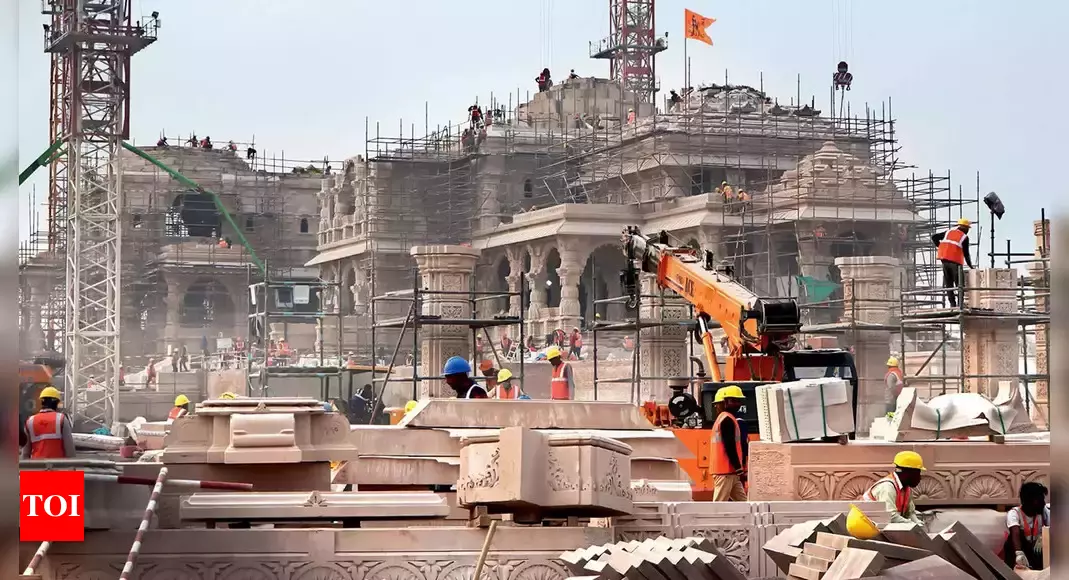
Image Source @TOI
The construction of the temple has been a source of controversy, with some critics arguing that it is a political move by the Bharatiya Janata Party to appeal to its Hindu nationalist base. However, supporters of the temple argue that it is a symbol of India’s rich cultural heritage and religious significance.
The Significance of the Ram Temple
The Ram Temple is a symbol of India’s rich cultural and religious heritage. The temple is dedicated to Lord Rama, one of the most revered deities in Hinduism. The temple is expected to become a major pilgrimage site, attracting millions of devotees from all over the world.
The temple is also expected to have a significant impact on the economy of Ayodhya. The city is already a major tourist destination, and the construction of the temple is expected to boost tourism even further. The temple is also expected to create jobs and stimulate economic growth in the region.
Lord Rama- The Ramayana’s hero
Lord Rama is one of the most widely worshipped Hindu deities, and is revered for his sense of justice, right action, and desirable virtues. He is believed to be the seventh incarnation (avatar) of Lord Vishnu, and his story is told in the epic Ramayana. Rama is a symbol of India’s rich cultural and religious heritage, and is worshipped by millions of Hindus for his chivalry and virtue. Temples to Rama are widespread throughout India, and his name is a popular form of greeting among friends. In sculpture, Rama is represented as a standing figure, holding an arrow in his right hand and a bow in his left. His image in a shrine or temple is almost invariably attended by figures of his wife, Sita, his brother Lakshmana, and Hanuman.
Also Read: Ayodhya Gets Ready For Grand Opening Of The New Ram Mandir
The Economic, Social, and Cultural Impact of Ayodhya’s Ram Mandir
The construction of the Ram Temple has had a significant impact on the city of Ayodhya. The city has undergone a major transformation in recent years, with several development projects underway. The district administration is working hard to create a modern city that will attract tourists from all over the world.
AIRPORT:
Ayodhya International Airport officially named as Maharishi Valmiki International Airport, Ayodhya Dham, is an international airport serving the twin cities of Ayodhya and Faizabad in the state of Uttar Pradesh, India. The airport is located adjacent to NH-27 and NH-330 at Naaka in Faizabad. The airport is being constructed on 821 acres of land and will have a capacity to handle two to three flights every hour and a runway length of 2,200 meters12. The construction of the airport began in February 2022 and was inaugurated by Prime Minister Narendra Modi on December 30, 2023, with flight operations beginning from January 10, 2024. The airport is expected to boost tourism in the region and create jobs and stimulate economic growth in the area23.
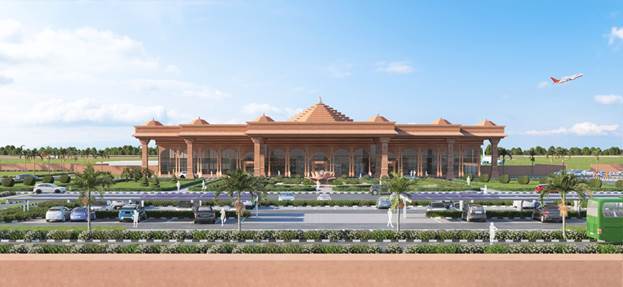
Image Credit @PIB
RAILWAY STATION:
The Ayodhya Dham Railway Station is a newly constructed railway station in Ayodhya, Uttar Pradesh, India. The station was inaugurated by Prime Minister Narendra Modi on December 30, 2023, and is designed to accommodate up to 100,000 passengers. The station has been redeveloped at a cost of approximately Rs 240 crore in the first phase. The new station building stands next to the existing structure and has been given a temple architecture facade as a tribute to Lord Ram. The station’s top features a structure designed akin to a regal ‘mukut’ with a wall just below portraying a bow. The station has several modern features such as food plazas, waiting halls, cloak rooms, child care rooms, shops for puja needs, lifts, escalators, toilets, and a tourist information center for passengers’ convenience.
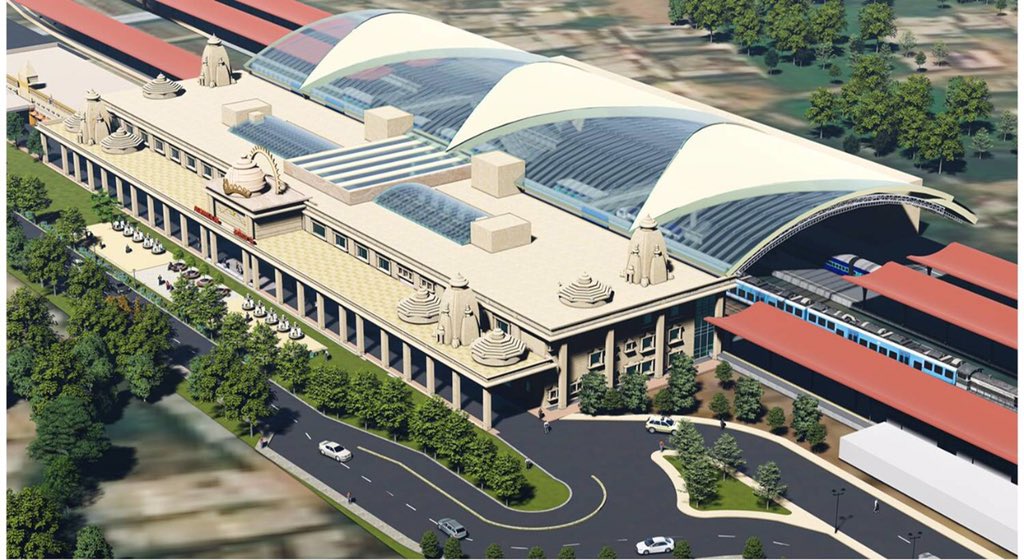
Image Credit @ deshgujarat.com
The station is equipped with a taxi bay and an extended porch. The redevelopment project, initiated a couple of years ago, has been overseen by RITES, a central public sector undertaking under the Ministry of Railways³. The inauguration of the new station building assumes significance ahead of the consecration ceremony at the Ram Mandir on January 22, 2024, after which Ayodhya is expected to see a rush of pilgrims and tourists.
According to recent news articles, the Indian Railways is planning to introduce 15 new daily trains to and from Ayodhya post the inauguration of the Ram Temple on January 22, 2024. The new trains will run each day and will terminate at Ayodhya Dham. The Railways is also planning to run more than 1,000 trains to Ayodhya for the Ram Mandir inauguration, starting from January 19, 2024. The temple will be connected to major cities including Delhi, Mumbai, Chennai, Bangalore, and Kolkata4.
The Future of the Ram Temple
The Ram Temple is a work in progress, and there are several plans for its expansion in the future. The temple is expected to become a major pilgrimage site, attracting millions of devotees from all over the world. The temple is also expected to have a significant impact on the economy of Ayodhya, creating jobs and stimulating economic growth in the region.
In the end it can convincingly said that the Ram Temple in Ayodhya is a monument of faith and heritage, and its construction is a testament to the enduring spirit of the Indian people. In this blog post, we have explored the history of the temple, its cultural and religious significance, and the controversies surrounding it. We have also discussed the impact of the temple on the city of Ayodhya, the challenges that lie ahead, and the plans for its future.
Your Guide to Savoring Ayodhya’s Flavors on Rails:
If you are planning to travel to Ayodhya by train, you can take advantage of ZOOP’s service of hot and fresh food being delivered on train. ZOOPO is an online food delivery platform that allows you to order freshly prepared hot meals from restaurants along your route and have them delivered to your train seat.
You can place your order online on ZOOP during your journey, and your food will be delivered straight on your train at the station of your choice. With Zoop, you can enjoy a hot and fresh meal on the train without having to worry about carrying your own food that may become cold and stale, or relying on the limited, often unhygienic options available at the train stations. ZOOP allows you to choose from a wide variety of food choices as well as cuisines. Whether you’re craving a warm bowl of soup or a hearty plate of sabzi & roti, ZOOP has you covered. So, if you’re planning to travel to Ayodhya by train, be sure to check out ZOOP and enjoy warm and satisfying food on the train without any hassle.

